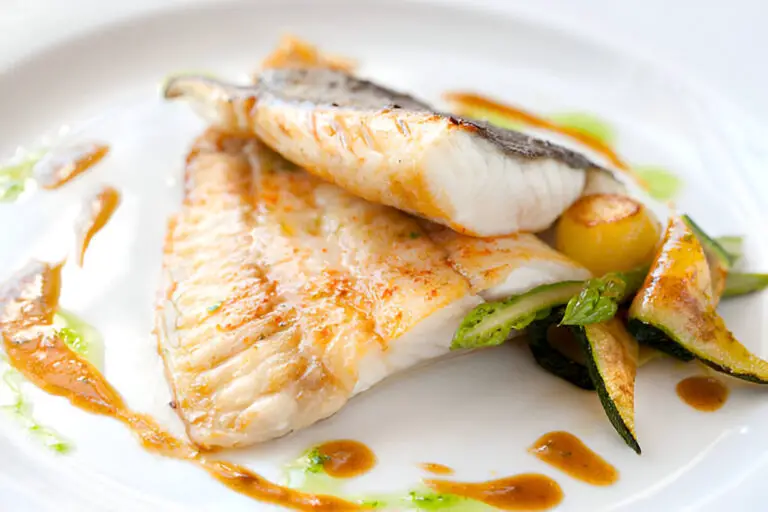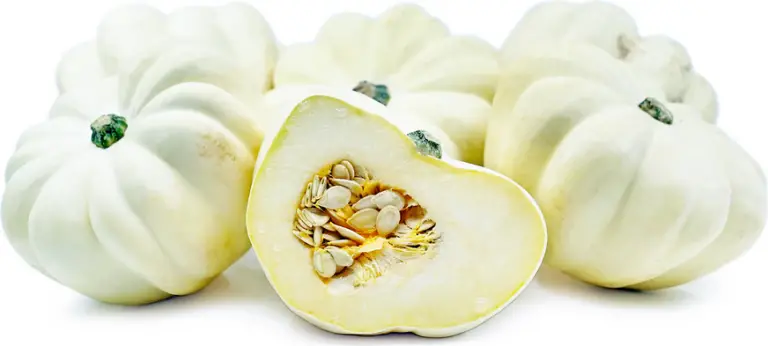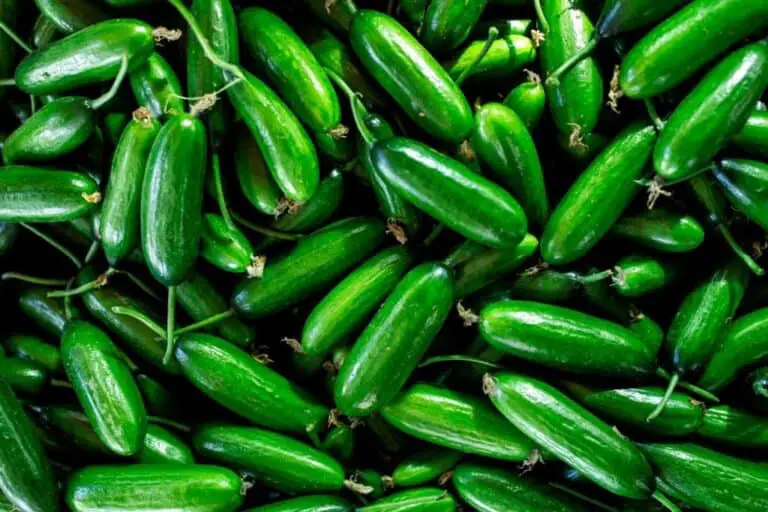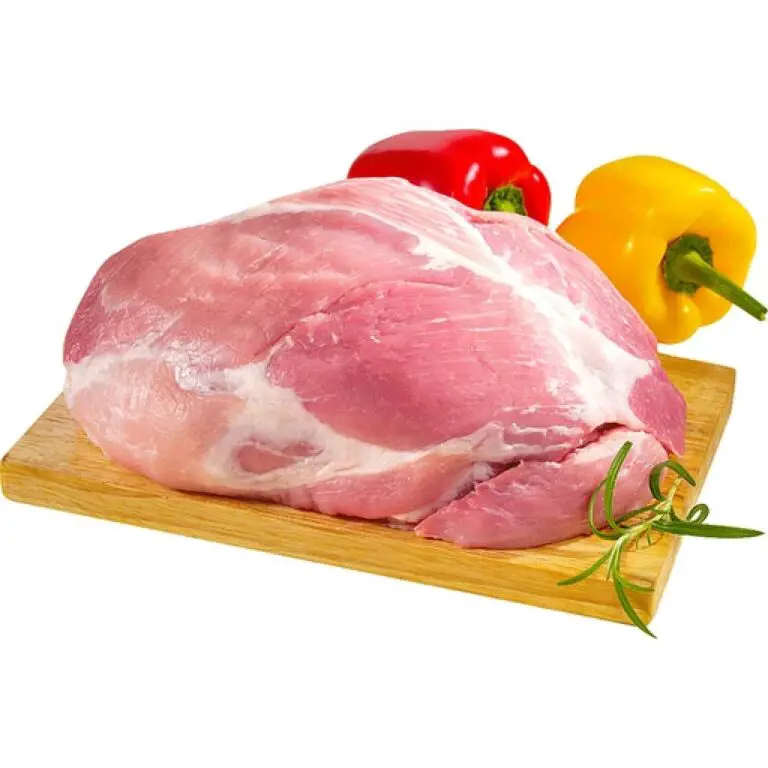What Part of Edamame Do You Eat? Are Edamame Plant’s Leaves Edible?
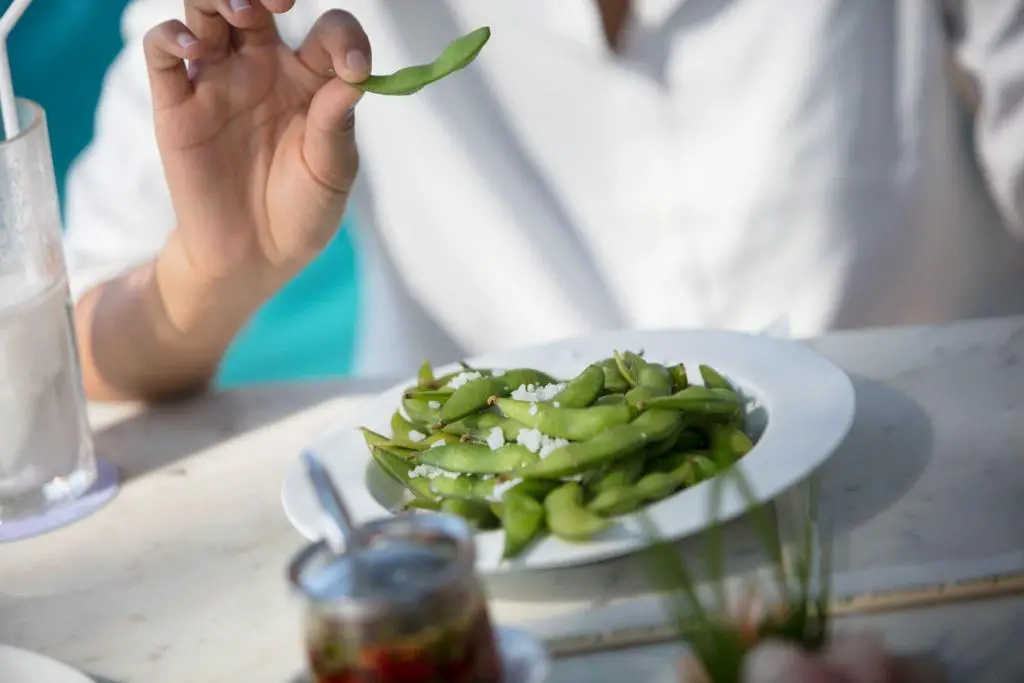
Have you ever wondered what part of the edamame plant is edible? Or perhaps you’re curious about whether the leaves of the plant can be consumed as well.
Edamame, which is a popular snack and appetizer, is actually the immature soybean that is harvested before it has fully matured. But what about the other parts of the plant? Can they also be enjoyed with a meal or as a snack?
In this article, we’ll explore the different parts of the edamame plant and determine which ones are edible.
And what about the leaves of the edamame plant? Are they also edible? We’ll talk about the different ways you can use edamame leaves in your cooking, like wrapping fillings in them or adding them to salads or pasta dishes.
Whether you’re an edamame aficionado or a curious culinary explorer, this article will provide all the answers you need to enjoy the full range of edamame plant goodness.
What Is Edamame and How It’s Consumed
Edamame is a young and tender soybean that is harvested before the beans inside have fully matured. The word “edamame” comes from the Japanese words “eda” (meaning “branch”) and “mame” (meaning “bean”), as the beans are typically sold and consumed while still attached to the branch.
In recent years, edamame has become a popular snack and starter because it tastes great and has many health benefits. It has a lot of protein and fiber, and it also has important vitamins and minerals like folate, iron, and vitamin K.
When it comes to consuming edamame, there are two main parts of the pod to consider: the beans and the pod itself. Most of the time, the pod is not eaten, but it can be if it is young and tender enough. Instead, most people enjoy the beans inside the pod, which can be eaten either hot or cold.
There are several ways to prepare and consume edamame. The most common method is to boil or steam the pods until they are tender, and then sprinkle them with salt or other seasonings.
Once cooked, the beans can be removed from the pod by either squeezing them out or popping them. Some people also like to remove the beans from the pod first and then eat them as a standalone snack or add them to salads, soups, or stir-fries.
While some sources suggest that you can eat raw edamame pods, it is important to note that raw soybeans are generally not recommended for consumption due to the presence of a compound called lectin which can cause digestive issues and other health problems.
What Part of Edamame Do You Eat?
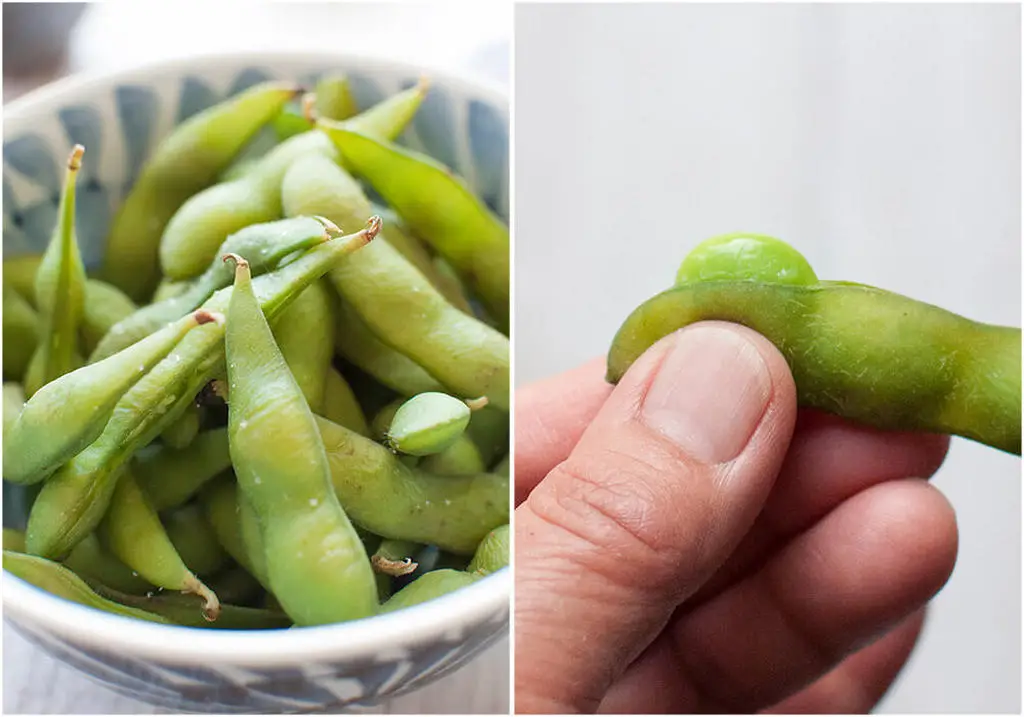
Edamame is a popular and nutritious snack that has gained popularity in recent years. However, for those who are not familiar with it, there may be some confusion about which part of the edamame is actually consumed.
The answer is quite simple: the edible part of edamame is the beans inside the pod. The pod itself is inedible, as it is too fibrous and tough to chew. Instead, the pod serves as a protective covering for the beans inside, which are soft, tender, and packed with nutrients. To enjoy edamame, it is necessary to remove the beans from the pod first.
There are a few different methods for removing the beans from the pod, depending on your personal preference. Some people like to pop the beans out of the pod with their fingers, while others prefer to squeeze the pod until the beans emerge. Either way, the process is quick and easy, and the result is a handful of delicious and healthy beans ready to be eaten.
It’s worth noting that some edamame pods are sold “pre-shelled,” which means that the beans have already been removed from the pod. While this can be more convenient, pre-shelled edamame tends to be less fresh and may have a shorter shelf life.
Additionally, pre-shelled edamame is often more expensive than whole pods, so it may not be the best option if you’re on a budget.
Edamame Beans: To Shell or Not to Shell
Edamame beans are a delicious and nutritious snack that can be enjoyed in many different ways. One question that often arises when it comes to edamame is whether or not to shell the beans before eating them. The answer is mostly up to the person, but there are a few things to think about before making a choice.
First and foremost, shelling edamame beans can be a bit of a hassle. It can be time-consuming to remove the beans from the pods, especially if you’re planning to eat a large quantity. However, some people enjoy the process of shelling edamame, finding it to be a relaxing and meditative activity.
Another factor to consider is the nutritional value of edamame. Even though the beans themselves are full of protein, fiber, and other important nutrients, the pods also have fiber and other good things in them.
By shelling the beans before eating them, you miss out on some of these nutrients. However, if you find the pods to be too tough or unappetizing, it may be better to stick with shelled edamame to ensure that you actually eat the beans.
Finally, it’s worth noting that some edamame is sold pre-shelled, which can be a convenient option. However, pre-shelled edamame tends to be more expensive and may have a shorter shelf life than whole pods. Additionally, pre-shelled edamame is often less fresh than whole pods, which can affect its flavor and texture.
Are Edamame Plant’s Leaves Edible
The leaves of the edamame plant may not be as well-known as the beans themselves, but they are actually edible and offer a range of health benefits. These leaves are rich in nutrients such as vitamin C, calcium, and iron, making them a great addition to any healthy diet. In fact, some people even prefer the taste of the leaves over the beans!
One of the best ways to enjoy edamame plant leaves is to harvest them when they are young and tender. This will ensure that they have a delicate flavor and a pleasant texture. Once you’ve harvested the leaves, you can prepare them in a variety of ways. One common way to cook them is to sauté them with garlic and olive oil, which makes a tasty and healthy side dish.
How to Harvest Edamame Plant Leaves
While most people focus on harvesting the edamame beans themselves, the leaves of the edamame plant can also be harvested and consumed in a variety of ways.
Here are a few tips on how to harvest edamame plant leaves:
First and foremost, it’s important to wait until the edamame plant has matured before harvesting its leaves. The leaves are typically ready for harvest around 40–50 days after planting, or when the plant is around 6–8 inches tall. At this point, the leaves should be a bright, vibrant green and free from any blemishes or damage.
To harvest the leaves, simply use a pair of clean, sharp scissors to snip off the outermost leaves from the plant. Be sure to leave at least a few leaves on the plant, as these are necessary for photosynthesis and continued growth. It’s also a good idea to harvest the leaves in the morning, when they are most hydrated and pliable.
Once you’ve harvested the leaves, you can use them in a variety of dishes. Edamame leaves have a slightly sweet, nutty flavor that pairs well with other vegetables and grains. They can be sautéed with garlic and olive oil, added to soups and stews, or even used as a base for salads and sandwiches. Just be sure to wash the leaves thoroughly before using them to remove any dirt or debris.
Creative Recipes That Incorporate Edamame Plant Leaves
Edamame plant leaves are a versatile and tasty ingredient that can be used in a variety of creative recipes. One delicious option is to use them as a wrap for your favorite fillings. Simply blanch the leaves for a few seconds to soften them, then fill with your choice of ingredients, such as roasted vegetables or grilled chicken. Roll them up and enjoy a unique and healthy meal.
Another option for incorporating edamame plant leaves into your cooking is to use them in place of traditional greens, such as kale or spinach. For example, you could use them as a base for a flavorful and nutritious salad, topped with ingredients such as cherry tomatoes, avocado, and feta cheese. The slightly nutty flavor of the leaves pairs well with a wide range of ingredients, making them a versatile choice for any recipe.
Edamame plant leaves can also be used to add a unique twist to classic dishes such as pasta. Try tossing them with cooked spaghetti, garlic, and olive oil for a simple yet flavorful meal. You can also use them as a bed for your favorite seafood, such as grilled shrimp or scallops, creating a beautiful and flavorful dish that is sure to impress.
If you’re feeling more adventurous, you can also incorporate edamame plant leaves into a wide range of recipes. For example, you could use them to create a flavorful pesto sauce or mix them into a hearty vegetable soup. Edamame plant leaves can also be used as a tasty and nutrient-rich addition to your favorite salads, adding a unique texture and flavor to your dish.
Incorporating edamame plant leaves into your cooking is a great way to add a healthy and flavorful ingredient to your meals. Whether you’re using them as a wrap, in salads, or in pasta dishes, these leaves offer a range of culinary possibilities. So why not try something new and incorporate edamame plant leaves into your next meal?

